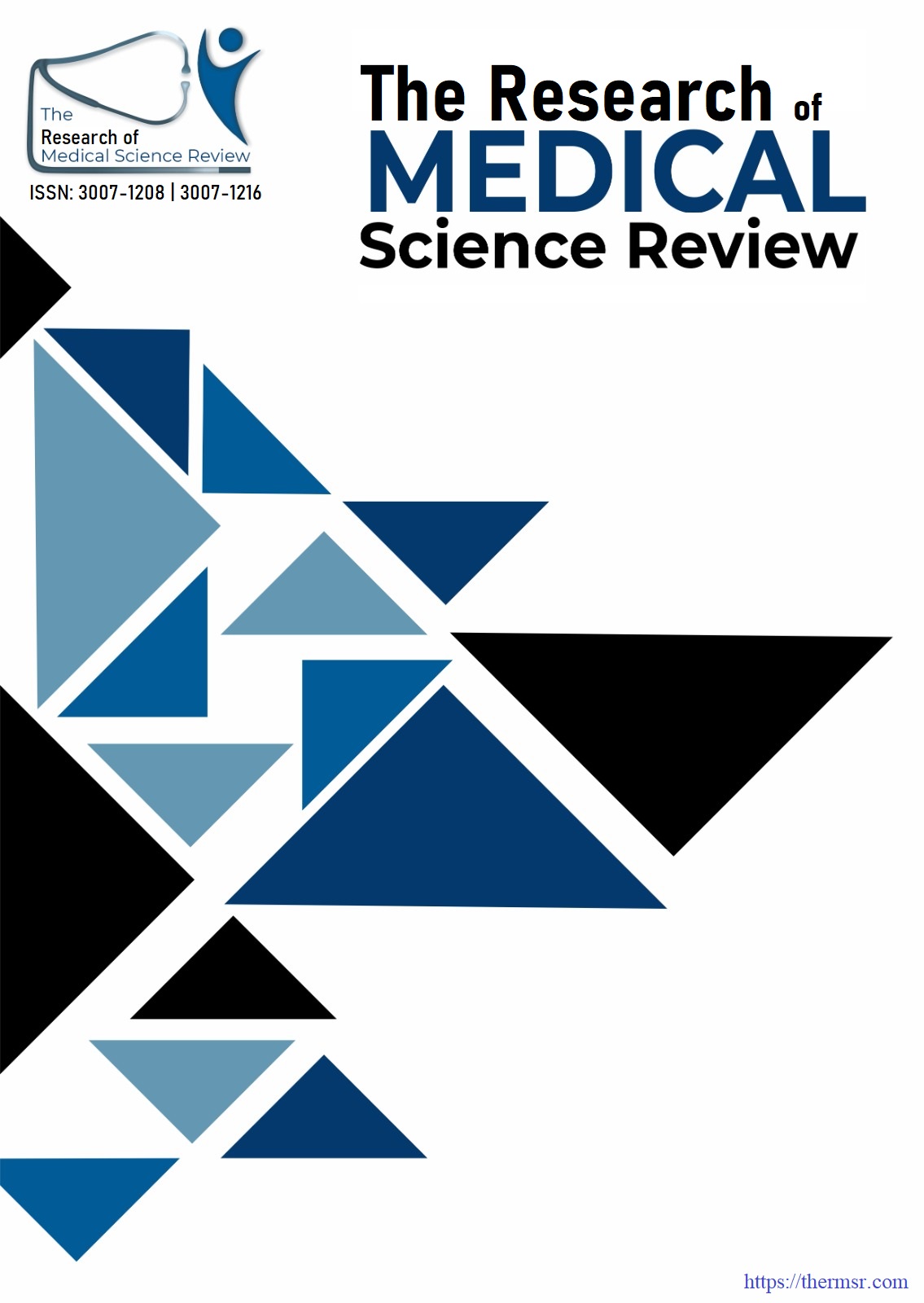FREQUENCY OF CHRONIC REGIONAL PAIN SYNDROME FOLLOWING CLOSED REDUCTION IN ELDERLY PATENTS PRESENTING WITH COLLES FRACTURE AT A TERTIARY CARE HOSPITAL, KARACHI
Keywords:
Colles Fractures, Complex Regional Pain Syndrome (CRPS), Elderly, Fracture Type, OsteoporosisAbstract
Objective: To reveal what are the risk factors to developing Complex Regional Pain Syndrome (CRPS) among elderly patients with Colles fracture and associated co-morbidities, characteristics of the fracture and clinical outcome. This study was conducted at the Department of Orthopedics, Jinnah Postgraduate Medical Centre (JPMC), Karachi, for six months, after approval of the synopsis.
Study Design : Descriptive study.
Materials and Method: This was a cross-sectional study performed on 140 elderly patients presenting with Colles fracture aged 60 years and above who were selected by consecutive non-probability sampling. Demographic characteristics, type of fracture, pain severity, co-morbidities and clinical outcomes data were collected. CRPS developed in patients during a 3-month follow-up period. Statistical analysis was conducted using chi-square tests and independent t-tests, with a p- value < 0.05 deemed significant.
Results: About 56% of study population were female; 72% had co-morbidities, mainly hypertension and diabetes. There was also a strong association of severe pain at presentation with the development of CRPS (p = 0.01) and prolonged immobilization and CRPS (p = 0.04). Extra-articular fractures were predominant (58%) among which the incidence of CRPS was higher in intra-articular fractures (23%) and comminuted fractures (30%).
Conclusion:
Elderly patients with Colles fractures, particularly patients with strong pain perception, prolonged immobilization, and specific fracture types, are prone to develop CRPS. Early diagnosis and treatment of pain and comorbidities to decrease complications. More studies are needed to validate these findings and determine targeted management protocols.
Downloads
Downloads
Published
Issue
Section
License

This work is licensed under a Creative Commons Attribution-NonCommercial-NoDerivatives 4.0 International License.















